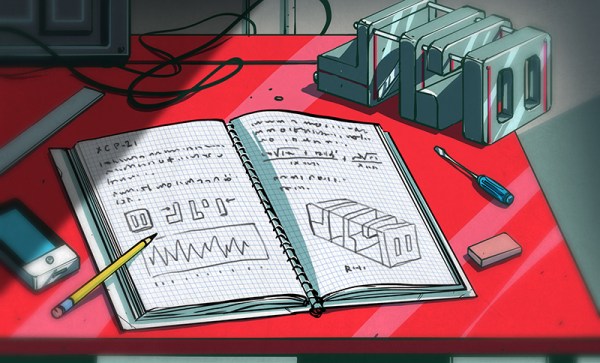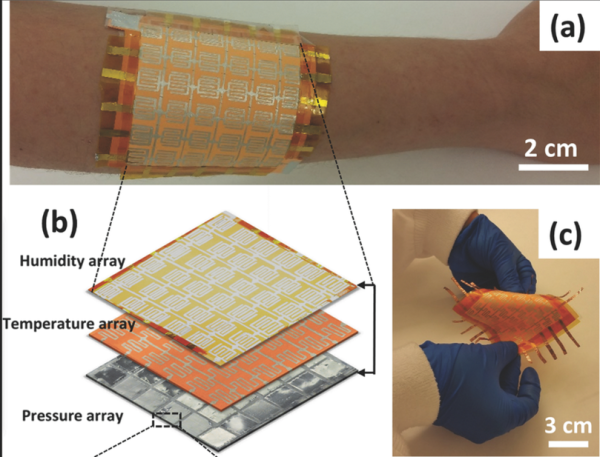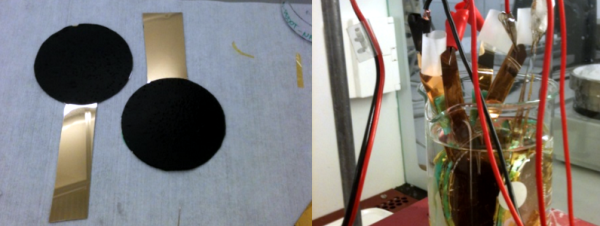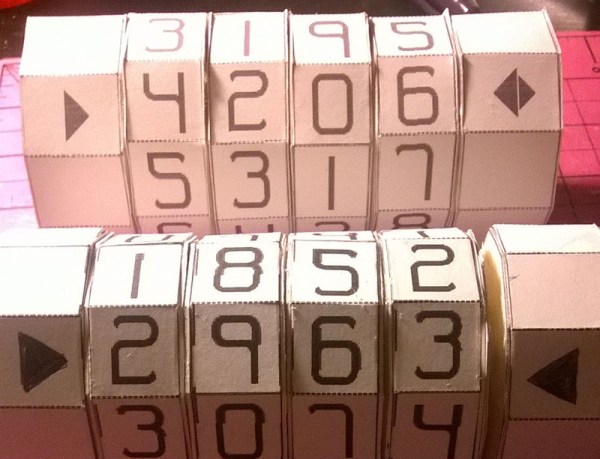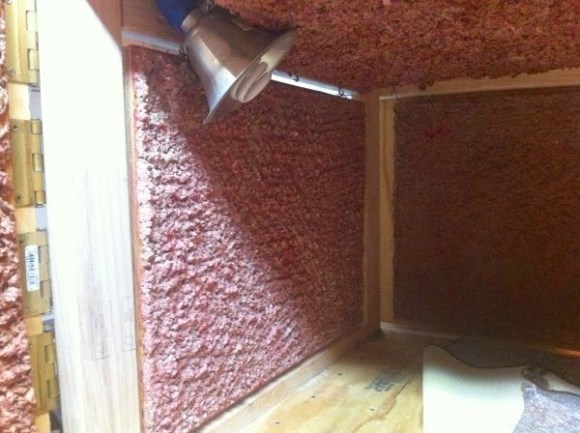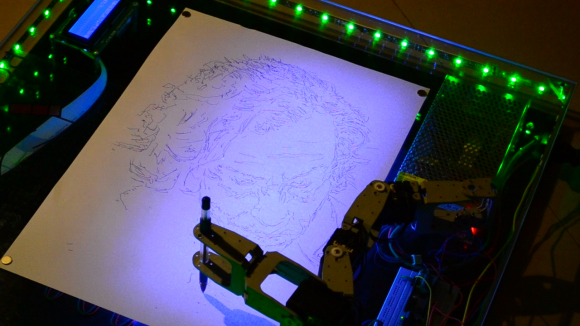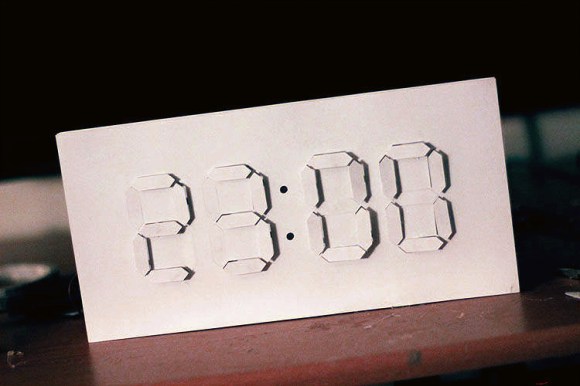While “writing it down” might seem like common sense, it wasn’t always the case. From the times of Ancient Greece, Plato tells a story of a worried Egyptian King, who, upon witnessing the invention of writing, remarks,
“If men learn this, it will implant forgetfulness in their souls; they will cease to exercise memory because they rely on that which is written, calling things to remembrance no longer from within themselves, but by means of external marks. [1]”
To some, the notebook was a dangerous device, a thief that would rob us of our memories [2]. Fortunately, these days, there’s plenty of evidence from our Psych texts that say we humans are pretty shabby at keeping the facts straight. In fact, each time we recall a memory, we change it! Here lies the beauty of the notebook. Have an idea for a new project? Why not log it somewhere for future reference? With diligence, the notebook can become our own personal hub for spurring on new project ideas.
Continue reading “The Hacker’s Notebook: A Mission Log For Every Project”

